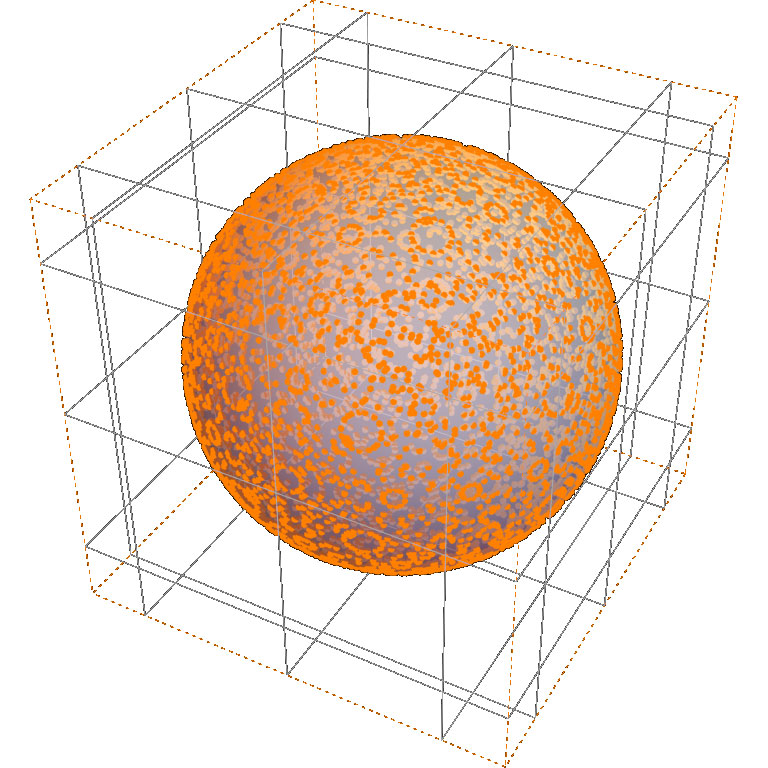Congratulations!
You are interested in a book for which there are, according to my calculations, exactly \frac{4.99139}{10^{51}} potential readers! Roger Penrose is the originator of the theorem that each formula contained in a book reduces the number of its readers by half. In a world population of 7.47 billion people (as of March 2017) and over 170 mathematical formulas in my book, the following holds:
\frac{7.47 10^9}{2^{170}} = 0.00000000000000000000000000000000000000000000000000499 potential readers. This is approximately a value of zero.
If Roger Penrose is right, then the probability that you read this book will be less than winning the lottery jackpot seven times one after the other (at a probability of 1: 15000000)! So you should not be on this website! As you are already here, you can still read more …
Prime numbers – scarcely any concept in mathematics can have so inspired and fascinated so many people. Such numbers seem utterly devoid of the characteristics normally associated with mathematical ‘objects’: order, calculability…
There are many books devoted to the subject that are either highly technical or fall into the ‘popular science’ genre. In this book, a different approach has been adopted: the language has been kept as simple and easily comprehensible as possible. The reader will find here very few proofs. Formulas and graphic illustrations, however, have not been dispensed with. To the contrary, they abound, and the reason is very simple: mathematical formulas, even if not always understood, have a certain aesthetic appeal calculated to prick the curiosity of some readers, inspiring them perhaps to delve more deeply into areas of the subject. The same goes for the numerous graphic illustrations: a picture is, after all, worth a thousand words.
The author even ventures the hypothesis that is possible to develop a sense of the aesthetics of mathematics without fully immersing oneself in the mathematical way of thinking.
The accompanying CD contains a wealth of Mathematica programs with which the reader and hobby mathematician can reproduce most of the graphics, animations and tables and experiment further.
Readers who have purchased the book can also download the Mathematica programs in the download area (in preparation).
